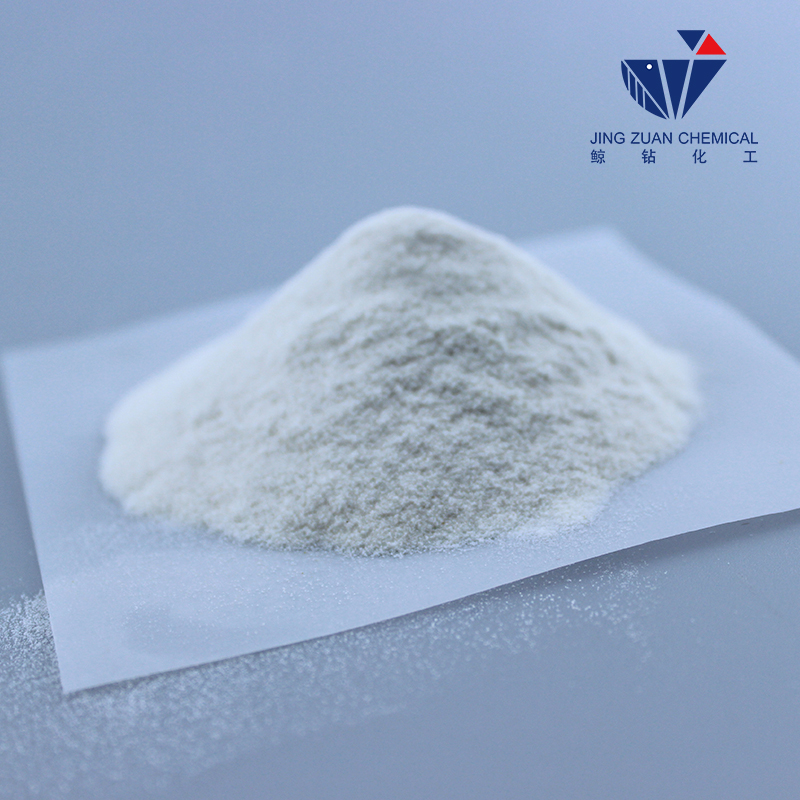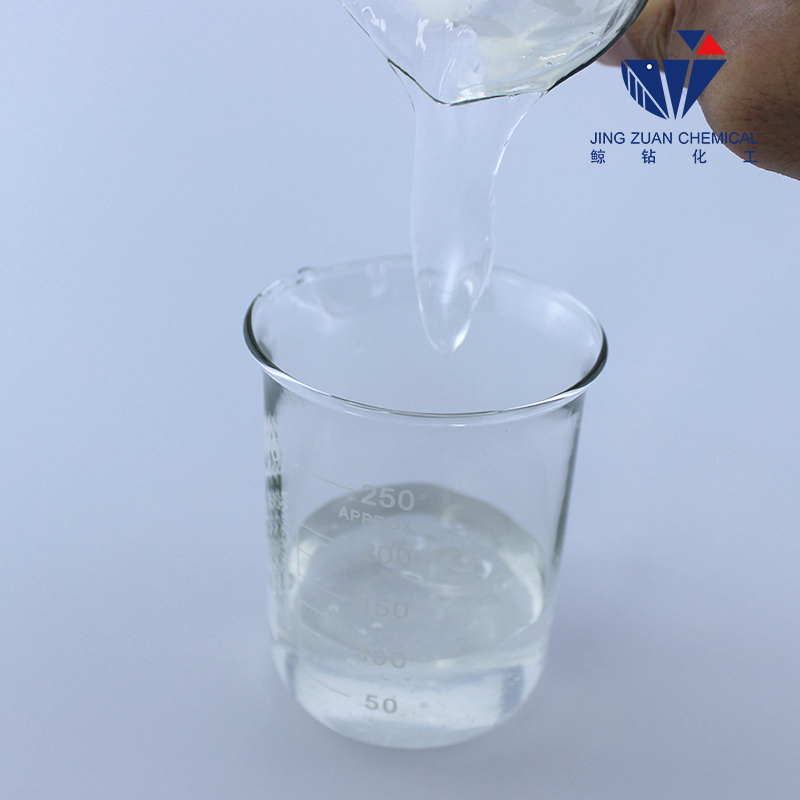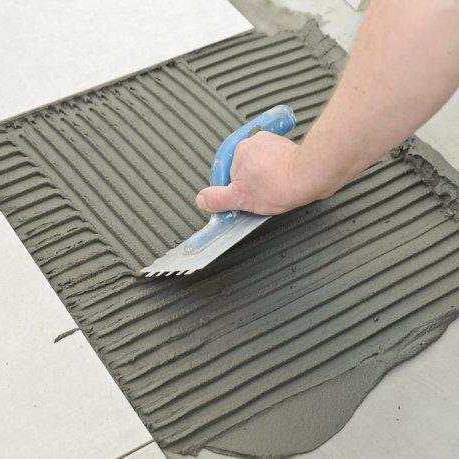
Nov . 06, 2025 13:15 Back to list
Cellulose Ether | High Purity, Fast-Dissolving Thickener
HPMC: the quiet workhorse making mortars stick, level, and last
If you work in construction chemicals, you already know the term Cellulose Ether. It’s one of those behind-the-scenes materials that, to be honest, determines whether a tile job feels premium or just passable. HPMC (Hydroxypropyl Methyl Cellulose) sits at the center of that performance story—thickening, retaining water, stabilizing, and giving crews more open time in the real world.

What’s shifting in the market
Three trends keep popping up in customer calls: higher powder compatibility (especially with redispersible polymers), predictable viscosity under shearing, and tighter moisture control for consistent batching. It seems that post-pandemic logistics taught buyers to prize suppliers with stable lead times and credible test data over flashy brochures.
Product snapshot: HPMC from JZ Chemical
Cellulose Ether grade: HPMC, construction-focused, made in NO.1 Building, Technology Center, High-Tech Zone, Shijiazhuang, Hebei, China. I visited the site years ago—clean lines, disciplined QC, and, surprisingly, nimble small-batch customization.
| Parameter | Spec (≈, real-world use may vary) |
|---|---|
| Chemical name / formula | Hydroxypropyl Methyl Cellulose / C36H70O19 |
| Viscosity (2% sol., mPa·s, Brookfield) | 400–200,000 (ASTM D2196) |
| Moisture | ≤5% (ISO 15512, KF) |
| Residue (Ash) | ≤5% (ISO 2144) |
| Gel temperature | 62–70°C (method aligned to ASTM E1356) |

Process flow and QC (how it’s really made)
- Materials: refined cellulose pulp, methyl/propyl ethers, alkali.
- Methods: alkalization → etherification → neutralization → washing → drying → milling → precise sieving.
- Testing: viscosity profile (ASTM D2196), moisture (ISO 15512), ash (ISO 2144), particle size (laser diffraction), pH, substitution degree.
- Service life: 24 months sealed, cool/dry; performance drifts if humidity >65% RH for long periods.
- Industries: dry-mix mortars, skim coats, tile adhesives (EN 12004 systems), wall putty, self-leveling, paints, and—with pharma grades—excipients.
Applications, performance, and user feedback
In tile adhesive, a mid-viscosity Cellulose Ether boosts open time and slump resistance. Many customers say workability is the first thing crews judge. Internal test (C1T baseline, 25°C, 50% RH): water retention 97.8%, open time +12–15 min vs control; tensile adhesion after heat ≥0.9 MPa. In self-leveling, low-ash grades stabilize flow without gummy edges.

Case study: Fixing summer slump in a C1T formula
A Mediterranean plant saw tiles slipping at 32–35°C. Switching to a higher gel-temp Cellulose Ether cut slump 35% and extended open time by ~10 minutes. Field crews, initially skeptical, called it “less sticky on the trowel, more sticky on the wall.” That’s the sweet spot.
Vendor comparison (what buyers really weigh)
| Vendor | Viscosity range | Lead time | Customization | Certs |
|---|---|---|---|---|
| JZ Chemical (Hebei) | ≈400–200,000 mPa·s | 2–4 weeks | Particle size, gel temp, blend | ISO 9001, REACH-ready |
| Global Brand X | Wide (incl. pharma) | 4–8 weeks | Extensive, premium-priced | ISO 9001/14001, USP/EP options |
| Regional Supplier Y | Focused SKUs | 1–3 weeks | Limited | Basic QC; docs on request |

Customization, documents, and practical notes
- Customization: targeted viscosity windows, specific gel-temperatures, and sieving cuts for pumpability.
- Documentation: COA per lot, SDS, food/pharma statements where applicable, and test methods.
- Storage: keep sealed; avoid caking from moisture ingress; retest viscosity after 12 months to be safe.
Author’s note: specs here reflect typical industrial-grade HPMC; ask for pharma-grade only if you need USP/EP compliance.
References
- ASTM D2196 – Standard Test Method for Rheological Properties Using a Rotational Viscometer.
- ISO 15512 – Plastics: Determination of water content.
- ISO 2144 – Paper, board and pulps: Ash content (method often adapted for polymer ash checks).
- EN 12004 – Adhesives for tiles: Requirements, evaluation of conformity.
- ISO 9001 – Quality management systems: Requirements.
-
Cellulose Ether | High Purity, Fast Hydration, Stable Flow
NewsNov.17,2025
-
Cellosize HEC Thickener – High Purity, Fast-Dissolving
NewsNov.17,2025
-
Cellulose Ether: High-Purity Liquid Thickener, HEC Cellulose
NewsNov.17,2025
-
VAE Powder (RDP): High Adhesion & Flexibility for Mortars
NewsNov.17,2025
-
Cellulose Ether: High Purity, Fast-Dissolving, Stable Flow
NewsNov.17,2025
-
Cellosize HEC Thickener – High Purity, Fast-Dissolving
NewsNov.11,2025







